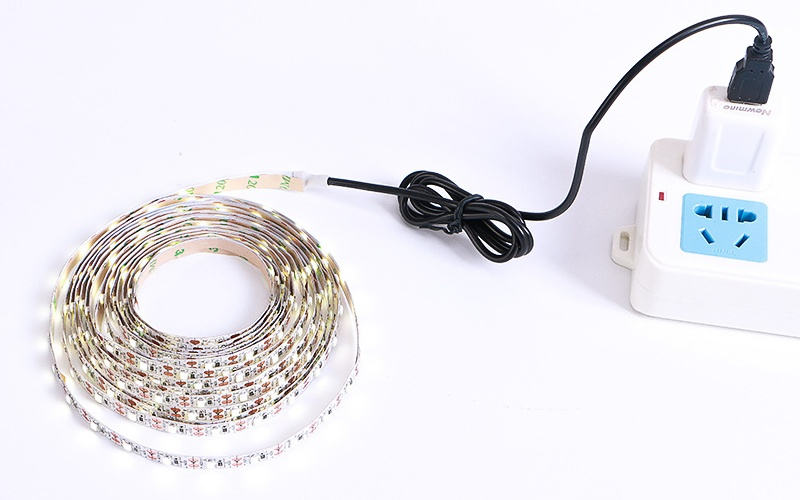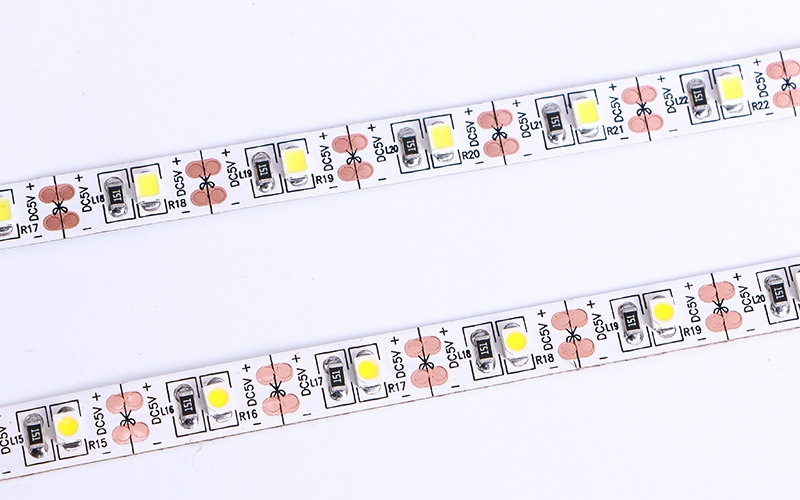High Quality OEM/ODM LED Strip Manufacturer
High Quality OEM/ODM LED Strip Manufacturer
October 12, 2024 133
In LED strip lighting, common anode and common cathode refer to two different ways of wiring the electrical connections of the LEDs. Understanding the differences between these configurations helps in choosing the right LED strip and controlling it properly.

A common anode LED strip means that the positive terminals (anodes) of the LEDs are connected together at a common point, which is then connected to the positive side of the power supply. The negative terminals (cathodes) of each LED (or color channel) are individually controlled by the circuit.
In an RGB LED strip, the red, green, and blue LEDs share the same anode (positive terminal). The controller adjusts each color by changing the current on the cathode (negative terminal) for each color channel, resulting in different color combinations.

A common cathode LED strip means that the negative terminals (cathodes) of the LEDs are connected together at a common point, which is then connected to the negative side of the power supply. The positive terminals (anodes) of each LED (or color channel) are independently controlled.
In a common cathode setup, the red, green, and blue channels share the same cathode (negative terminal), and the controller adjusts each channel by varying the current supplied to the anodes (positive terminals) of the respective colors.
| Feature | Common Anode | Common Cathode |
|---|---|---|
| Wiring Setup | Positive terminals are shared, and negative terminals are controlled separately | Negative terminals are shared, and positive terminals are controlled separately |
| Typical Use | Common in RGB LED strips and smart lighting systems | Less common, used in specialized applications |
| Control Method | Adjusts brightness or color by controlling the negative side (ground) | Adjusts brightness or color by controlling the positive side (voltage) |
| Controller Compatibility | Widely supported by most off-the-shelf LED controllers | Requires specific controllers or custom circuits |
| Complexity | Easier to implement, more widely available | More complex, usually for custom designs |
Common anode LED strips are the standard choice for most applications, especially for RGB lighting. These strips are compatible with many available controllers, making them ideal for home, office, or commercial installations where adjusting colors and brightness is needed.
Common cathode LED strips are suited for more specific use cases, often involving custom electrical designs or certain industrial applications. If you have a unique controller or need to work with a system that controls positive voltage, a common cathode strip might be necessary.
A common anode LED strip means that the positive terminals are shared, and the negative terminals are controlled separately. It is widely used in RGB lighting systems. A common cathode LED strip means the negative terminals are shared, and the positive terminals are controlled separately, which is less common and used for specific applications. For most general LED strip lighting needs, especially RGB, a common anode configuration is the go-to choice. However, if your project or controller requires it, a common cathode strip may be necessary.
If you need assistance from professionals, feel free to contact us. We are here to provide you with expert help and support for all your needs. Don't hesitate to reach out to our team for personalized assistance and solutions. We look forward to serving you.
Our sales will reply to you within 2 hours.
